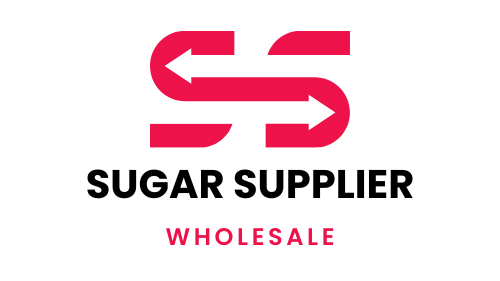The global sugar industry is continuously evolving with emerging markets playing a pivotal role. It is shaping the dynamics of supply, demand, and trade. The dynamic landscape of the sugar trade and regulatory changes is a significant role in shaping market dynamics. It may influence trade flows, and determining compliance requirements for industry stakeholders. As we navigate through 2024, several regulatory developments are impacting sugar trade activities globally. In this article, we will dive into the policy changes. We will learn about the implications on export/import dynamics. The evolving compliance landscape in the sugar trade industry. The market analysis of emerging markets in the sugar industry. Exploring the growth factors driving their expansion, and identify key players in these markets.
Policy Changes
Governments and regulatory bodies worldwide are enacting policies aimed at addressing various socio-economic and environmental concerns. It is associated with sugar production and consumption. These policies encompass a wide range of issues, including tariffs, subsidies, agricultural practices, and health regulations. For instance, some countries may implement sugar import quotas or tariffs to protect domestic sugar producers. Meanwhile others may introduce sugar taxation to discourage excessive consumption and combat obesity-related health issues. Moreover, environmental regulations may require sugar producers to adhere to sustainability standards and reduce their carbon footprint through initiatives such as carbon pricing or emissions trading schemes.
Impact on Export/Import
Regulatory changes in sugar trade policies can have profound implications on export and import dynamics. It is reshaping trade patterns and influencing market competitiveness. Import tariffs or quotas imposed by importing countries may restrict market access for sugar exporters. It will lead to shifts in trade volumes and destination markets. Conversely, the changes in export subsidies or trade agreements may enhance the competitiveness of sugar exporters. It opens up new opportunities in previously untapped markets. Additionally, regulatory requirements related to product labeling. The quality standards, and certification may affect the eligibility of sugar products for export. It is a necessitating compliance measures to meet import regulations. Explore trends in consumer demand for sugar globally in our blog post on trends in consumer demand for sugar globally.
Compliance Requirements
As regulatory frameworks evolve, compliance requirements for participants in the sugar trade become more stringent and complex. Sugar producers, traders, and exporters must stay abreast of regulatory changes. It ensure adherence to applicable laws and standards to avoid penalties and maintain market access. Compliance obligations may include obtaining certifications such as Fair Trade or Organic. It can be conducted through product testing for quality and safety assurance. The documentation of supply chain traceability also demonstrate compliance with sustainability criteria. Furthermore, regulatory compliance extends beyond national borders. As exporters must also navigate international trade agreements and adhere to the requirements of importing countries. Learn about technological advancements in sugar trading in our blog post on technological advancements in sugar trading.
Summary
Therefore, regulatory changes are a driving force shaping the sugar trade landscape in 2024. It is influencing market dynamics, trade flows, and compliance requirements for industry stakeholders. By staying informed about policy developments and proactively addressing compliance challenges. Sugar trade participants can navigate regulatory complexities and capitalize on emerging opportunities in the global sugar market.

